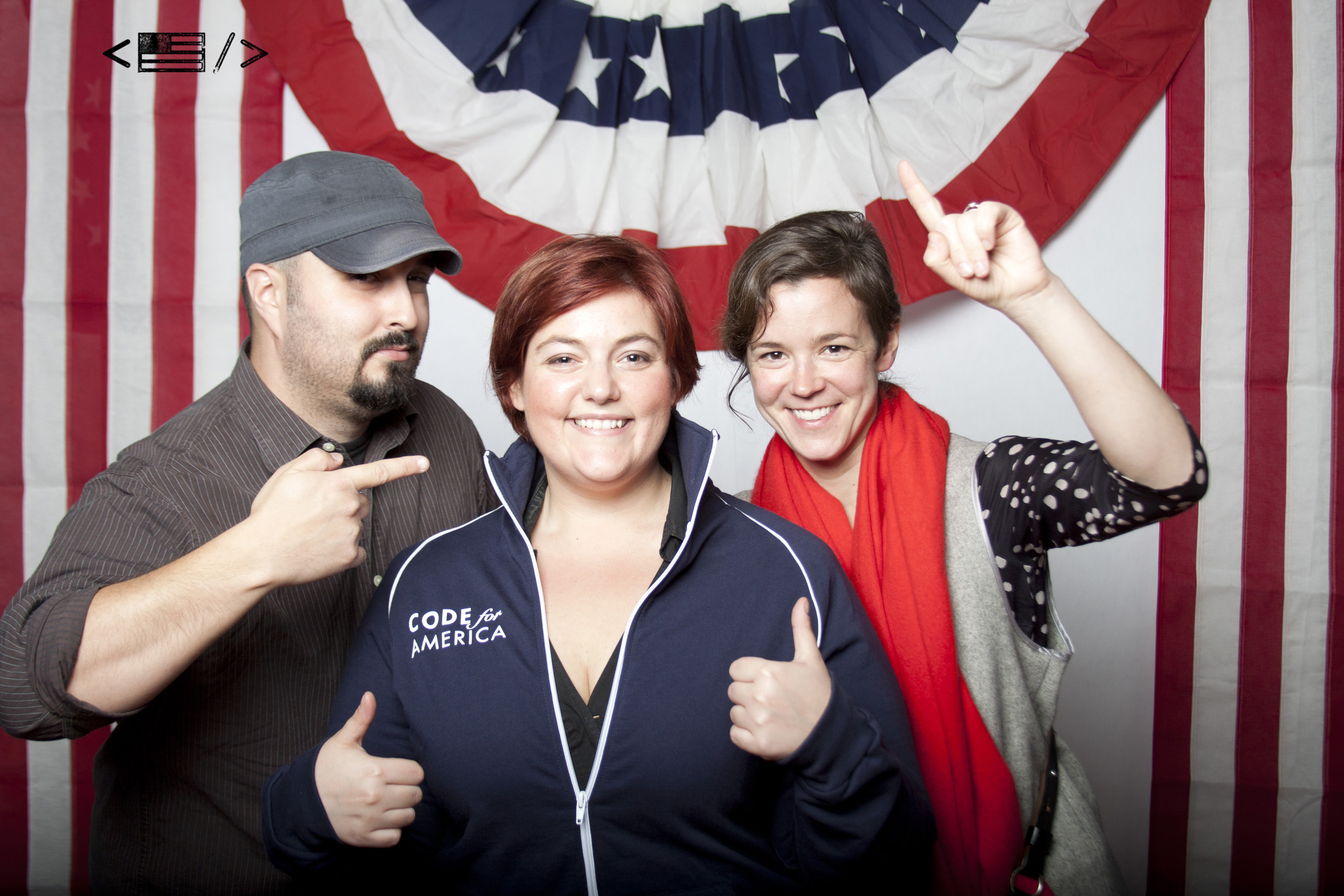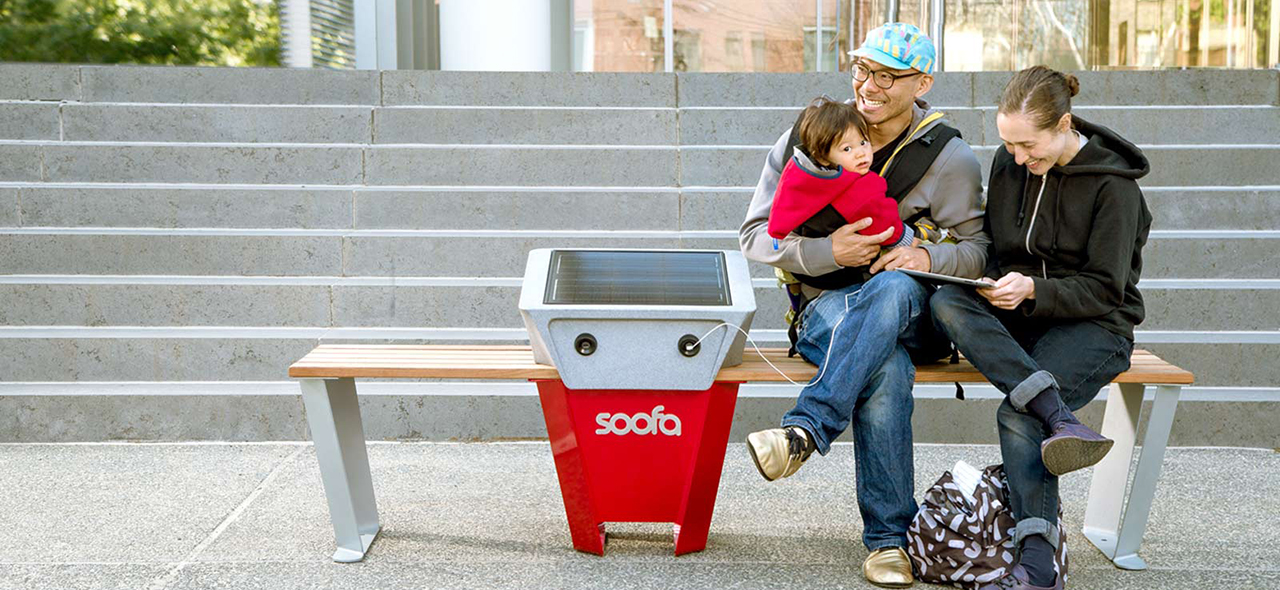
A Smart City puts residents at the center
Technology is changing cities as we know them. From sensors that track pedestrians and control street lights, to the ways local governments deliver information, digital innovation affects how city residents experience everyday life and get and share information.
At Knight Foundation, we believe that informed and engaged communities are essential to a healthy democracy. Our founders, Jack and Jim Knight, were known for their commitment to this guiding principle and their openness to evolving technology.
With this in mind, we are increasingly focused on the exponential growth of digital technology in communities. It seems everywhere we turn, we see references to “Smart Cities.” This term can mean different things to different people, but all agree that Smart Cities enable technology to help shape how a city is governed and how residents interact with each other and their elected leaders.
At Knight, we’re exploring how best to harness the growth of digital technology to improve how communities respond, connect to and engage with residents.
And one opportunity we see beginning to emerge is how to bring residents back to the center of Smart City building. We believe the Smart City should be driven by—and serve—the people who live in a place.
For the past several months, we’ve spent time in the communities where we invest asking about how they are responding to the opportunities and challenges new technology presents. Some key issues have been raised time and again. They are:
- Low levels of public awareness for the value of Smart City solutions and engagement in shaping these decisions.
- A scarcity of sustainable financing models for Smart City investments that could help cities move beyond pilots to large scale implementation.
- A lack of national technology standards and practices that cities can adopt, and limited models to enable collaboration.
We are beginning to see ways to address these roadblocks that take advantage of technology. While industry grows and investments skyrocket, and government and elected officials commit to building more connected cities, residents – the people who these cities are for – are being left out of the conversation.
Now it is time to fill the gap by focusing the Smart City discussion on the resident, and raising awareness about the value of technology within a community. To do this, here are some key questions we’re exploring :
- How can we use more real-time, crowd-sourced data to drive decision-making and shape placemaking and innovation?
- How can technology enable deeper resident participation in local government, including program planning, design and delivery?
- To what extent can technology solutions empower residents to make decisions through greater access to information, positioning them not just as creators of data but as active consumers?
- Where are we missing national standards and best practices that support Smart Cities by and for residents?
We want to work with others to identify an approach that seeks to empower individuals in our communities and influence government and industry. Because we know that when residents lead, the demand for government innovation has a greater likelihood of being met. And, when all consumers get to express their preferences, industry is more likely to meet their demand.
Across the communities where Knight invests, the potential to do more by bridging the gaps between government, technologists and residents is unlimited. Through our investments we will seek to learn, encourage and shape demand for solutions that amplify the voices and influence of all residents as the spark for the innovative cities of tomorrow.
Lilian Coral is Knight Foundation director for national strategy. Email her at [email protected] and follow her on Twitter @lcoral.
-
Community Impact / Press Release
-
Community Impact / Article
-
Community Impact / Press Release
-
Technology / Article
-
Community Impact / Article
-
Community Impact / Press Release
-
Technology / Article
Recent Content
-
Community Impactarticle ·
-
Community Impactarticle ·
-
Community Impactarticle ·








